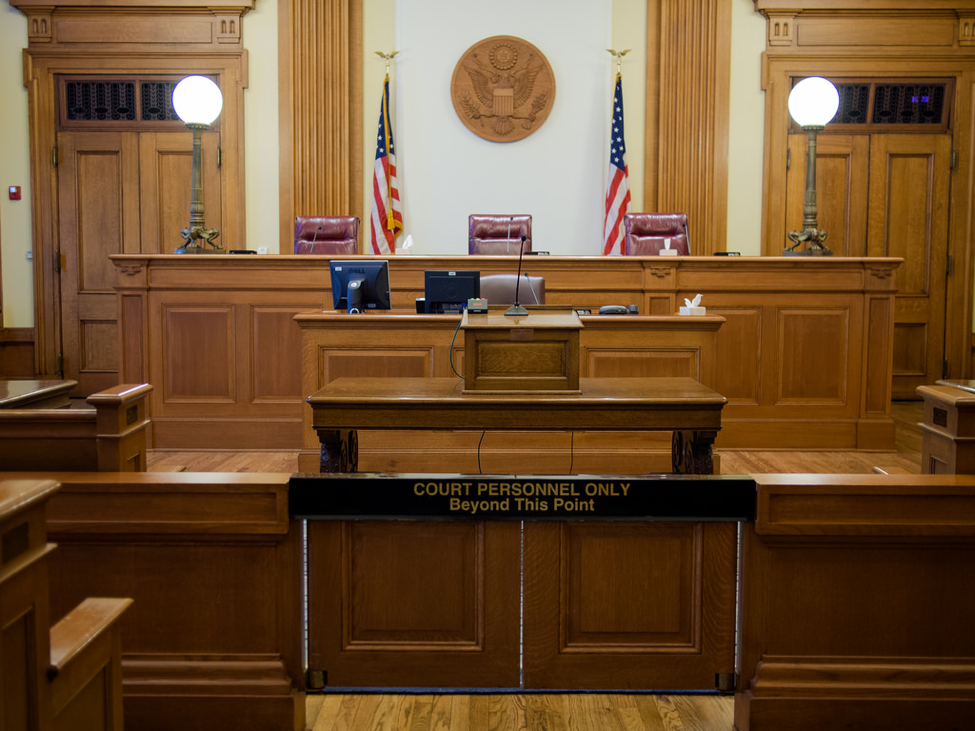Criminal defendants still cite a ‘gene for violence.’ It doesn’t exist.
By Nita Farahany and Gene E. Robinson,
The Washington Post
| 03. 18. 2021
The New Mexico Supreme Court ruled last month on an extraordinarily important question: Should a criminal defendant be allowed to argue that a specific gene rendered him unable to control his violent behavior? The court concluded the answer was no, in this instance: It upheld the conviction for second-degree murder of Anthony Blas Yepez, who killed a man in 2012. Yepez had sought at trial to introduce evidence that he had what’s been called the “warrior gene” — a version of a gene known as MAOA, which has been linked to violence in some studies. The district court of Sante Fe County excluded expert testimony on that subject; later, the New Mexico appellate court ruled that the exclusion was a mistake but that it did not affect the outcome of the trial. The New Mexico Supreme Court has now found that the district court’s original rejection of the evidence was reasonable.
The state Supreme Court, however, missed an important opportunity: It did not go nearly far enough in batting down the scientifically suspect claim that there is a gene...
Related Articles
By Jenny Lange, BioNews | 12.01.2025
A UK toddler with a rare genetic condition was the first person to receive a new gene therapy that appears to halt disease progression.
Oliver, now three years old, has Hunter syndrome, an inherited genetic disorder that leads to physical...
By Rachel Hall, The Guardian | 11.20.2025
Couples are needlessly going through IVF because male infertility is under-researched, with the NHS too often failing to diagnose treatable causes, leading experts have said.
Poor understanding among GPs and a lack of specialists and NHS testing means male infertility...
By Pam Belluck and Carl Zimmer, The New York Times | 11.19.2025
Gene-editing therapies offer great hope for treating rare diseases, but they face big hurdles: the tremendous time and resources involved in devising a treatment that might only apply to a small number of patients.
A study published on Wednesday...
By Aisha Down, The Guardian | 11.10.2025
It has been an excellent year for neurotech, if you ignore the people funding it. In August, a tiny brain implant successfully decoded the inner speech of paralysis patients. In October, an eye implant restored sight to patients who had...




